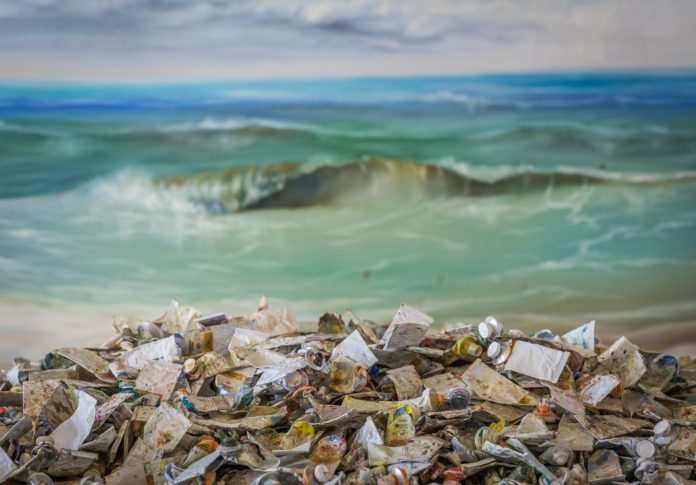Located between the coasts of California and Hawaii, the Great Pacific Garbage Patch is the largest accumulation of ocean plastics in the world. The so-called vortex of trash is yet another consequence of the growing plastic problem, with recent estimates suggesting that it could contain 1.8 trillion pieces of plastic waste — roughly 250 pieces for every human in the world.
While the idea of this much trash is alarming on its own, an international team of researchers has recently uncovered an unexpected consequence for marine life. Coast-dwelling organisms have started creating habitats in the garbage, leading to new competition — and new problems — for species in the ocean.
The research, which included contributions from the Institute of Ocean Sciences in British Columbia, was published in Nature Communications.
A new habitat for coastal species
Historically, scientists believed that coastal species such as mussels and barnacles wouldn’t be able to survive for extended periods on the open seas. These species require solid surfaces to cling onto, as well as plentiful sources of food and nourishment.
Following the 2011 Japanese tsunami, however, scientists began to question these beliefs. Debris from the tsunami was swept far into the oceans, and coastal species lived on this debris for years afterwards.
Given this, the team behind the study was interested in learning whether the Great Pacific Garbage Patch might act as a similar habitat. Garbage patches like this form when rotating currents known as gyres funnel large amounts of plastic to the same location, leading to accumulations that build up over time.
In collaboration with the Ocean Voyages Institute — a non-profit organization that collects plastic pollution during sailing trips — the team collected and studied hundreds of tons of oceanic garbage.
Their research uncovered a vast ecosystem of coastal species not just surviving, but also thriving on the Great Pacific Garbage Patch. This included anemones and crustaceans, which are not typically found in open-ocean environments.
“The open ocean has not been habitable for coastal organisms until now, said Greg Ruiz, a senior scientist at the Smithsonian Environmental Research Centre (SERC) and co-author of the study, in a press release.
“[T]here wasn’t plastic there in the past.”
An ocean of problems for marine species
Unfortunately, the researchers also found evidence that these coastal species are causing problems for marine life. Open ocean species now have new competition for food and resources, and will have to adapt to these changes within their environments.
“Coastal species are directly competing with these oceanic [species],” said Linsey Haram, a former postdoctoral research fellow at SERC and lead author of the study.
“They’re competing for space. They’re competing for resources. And those interactions are very poorly understood.”
The researchers also note that these coastal species have the potential to cause problems along new coastlines as well. Ocean currents may eventually carry these plastic habitats to national parks or protected areas, where the coastal species could become invasive.
How can we help?
The Great Pacific Garbage Patch is fundamentally changing our oceans, and with millions of tons of garbage entering our waters every year, this will only get worse.
The large scale of this problem means that global, coordinated action is required if we want to protect our oceans. And while organizations like The Ocean Cleanup are developing innovative cleaning systems, these efforts will require support from around the world — as well as commitments to reduce plastic pollution in the future.
“In the coming decades, the effects of plastic pollution in the marine environment are expected to expand,” the authors said.
“[Our results further] the urgent need to address the diverse and growing effects of plastic pollution on land and sea.”








































